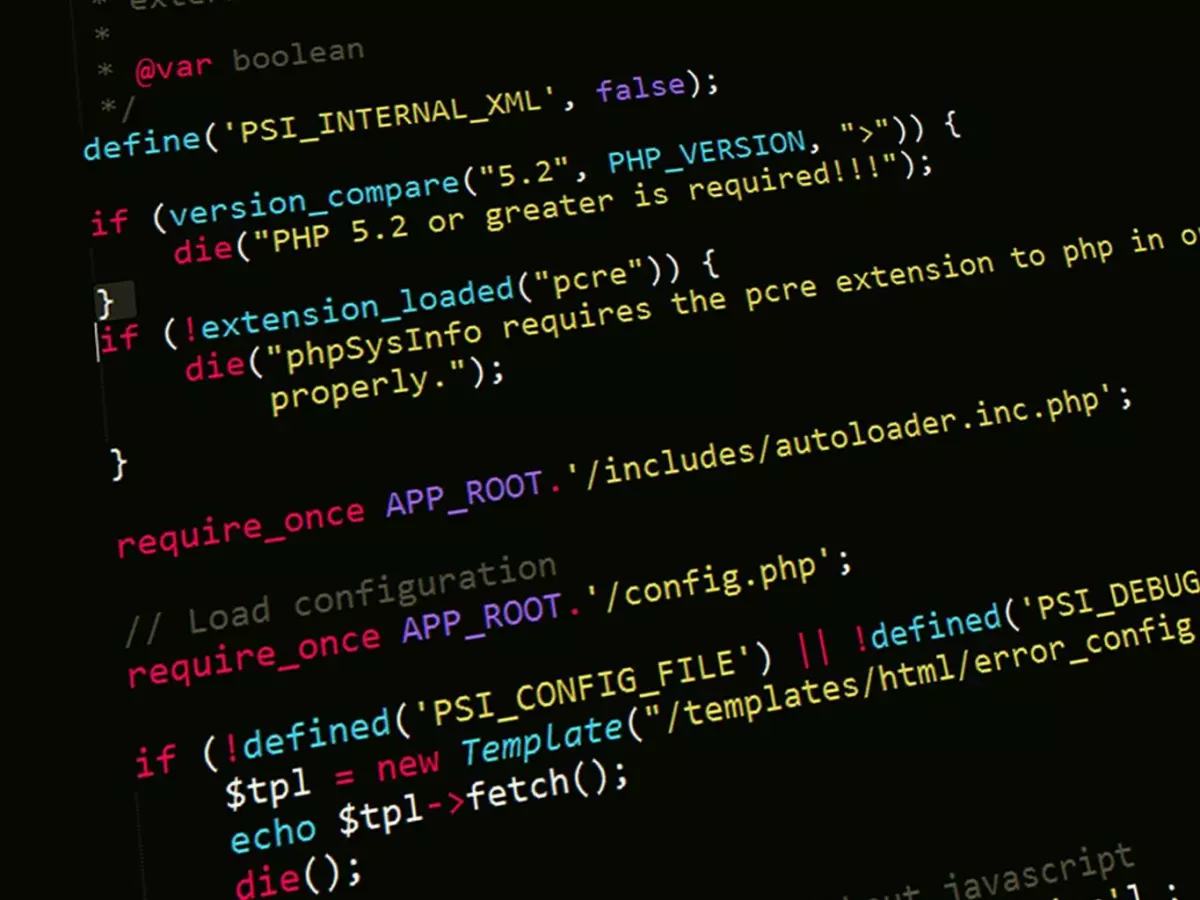Monolith vs Microservices
Imagine you're building a new app. Do you go for one solid structure or break it into smaller, independent pieces? The choice is more critical than you think.

By Tomás Oliveira
In the world of software architecture, the debate between monolithic and microservices architectures is as old as time (well, at least in tech years). On one side, you have the monolith—a single, unified codebase that handles everything. On the other, microservices—tiny, independently deployable services that work together to form a whole. Both have their pros and cons, but the real question is: which one is right for your project?
Monolithic architecture has been the traditional approach for years. It’s like building a house where all the rooms are interconnected. Everything is in one place, making it easier to develop, test, and deploy. But as your app grows, this 'house' can become a tangled mess of dependencies, making updates and scaling a nightmare. Think of it as trying to renovate a house where every room shares the same plumbing and electrical system—one change can break everything.
Enter microservices, the new kid on the block. Instead of one giant codebase, you break your app into smaller, independent services. Each service handles a specific function and can be developed, tested, and deployed separately. It’s like building a neighborhood instead of a single house. Each house (or service) has its own plumbing and electrical system, so if one breaks, the others keep running smoothly. Sounds like a dream, right? Well, not so fast.
While microservices offer flexibility and scalability, they come with their own set of challenges. For one, managing multiple services can be a logistical nightmare. You’ll need to handle inter-service communication, data consistency, and deployment orchestration. It’s like managing a neighborhood where every house has its own quirks and needs. And let’s not forget the added complexity of debugging and testing—tracking down a bug across multiple services can feel like finding a needle in a haystack.
So, which one should you choose?
If you’re building a small app with limited functionality, a monolithic architecture might be the way to go. It’s simpler, easier to manage, and requires less overhead. But if you’re planning for growth, or if your app has complex, independent features, microservices could be the better option. Just be prepared for the added complexity and the need for robust infrastructure to manage it all.
Another factor to consider is your team’s expertise. Monolithic architectures are easier to understand and work with, especially for smaller teams. Microservices, on the other hand, require a team that’s comfortable with distributed systems, DevOps, and cloud infrastructure. If your team isn’t ready for that level of complexity, you might want to stick with a monolith for now.
At the end of the day, there’s no one-size-fits-all answer. The choice between monolith and microservices depends on your project’s needs, your team’s expertise, and your long-term goals. The key is to weigh the pros and cons carefully and avoid jumping on the microservices bandwagon just because it’s trendy. Sometimes, the old ways are still the best ways—at least for certain situations.
So, what’s it going to be? The simplicity of the monolith or the flexibility of microservices? Choose wisely, because the wrong decision could haunt your project for years to come.
Remember, in the battle of monolith vs microservices, there’s no clear winner—only the right choice for your specific needs. Choose wisely, and your software will thrive. Choose poorly, and you could be in for a world of pain.





